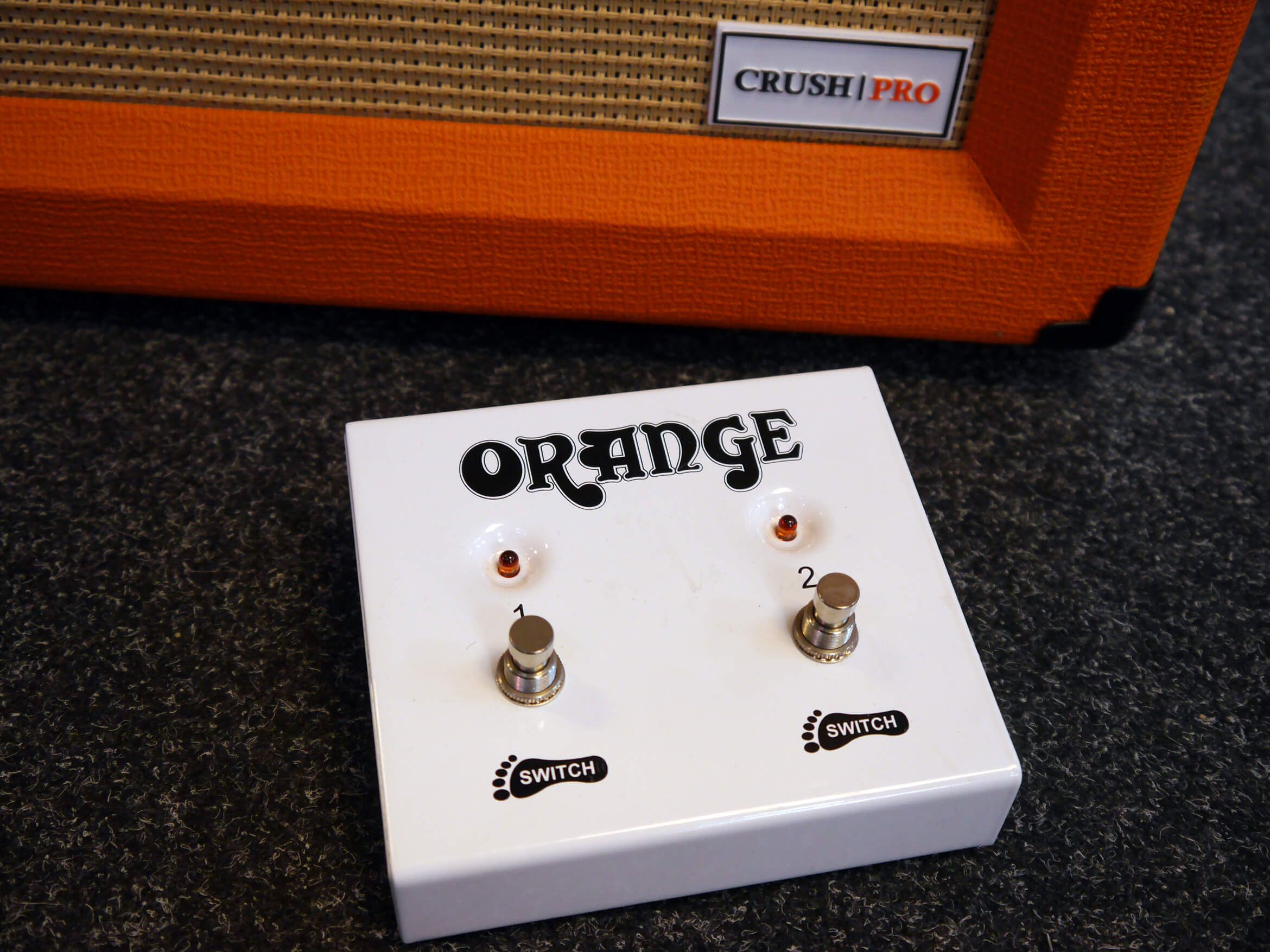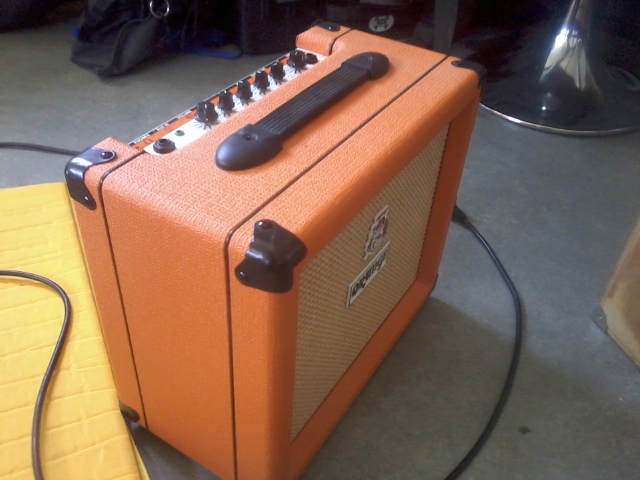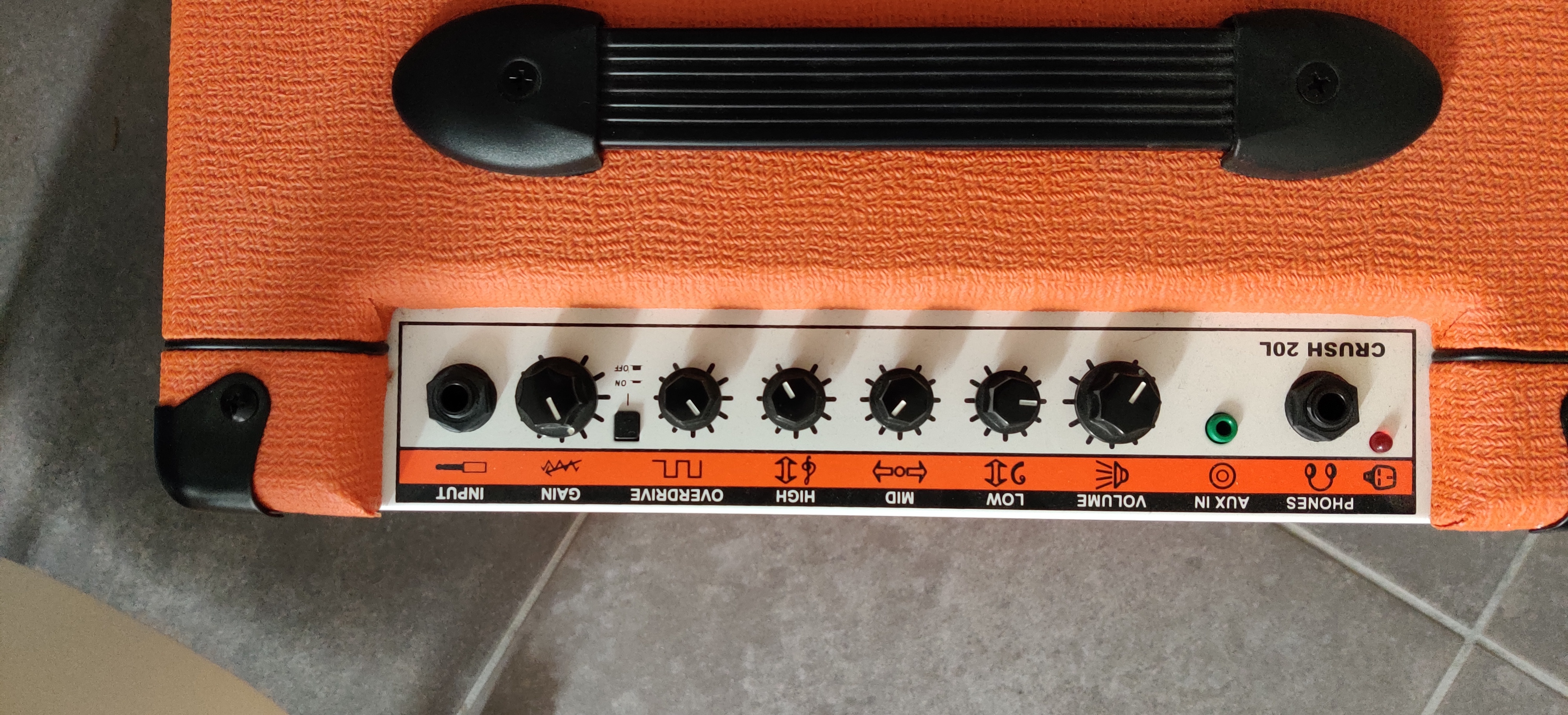


“The original ones – which I have – were originally made by Mel Bay.


On the rare occasion that we run across the real ones, we buy them – whatever the cost. They’re very hard to get, and I’ve been playing with them my entire life. “I’m looking at about five of them right now in front of me on the desk at the studio! I guard these like they’re $5,000 bills. There’s a specific guitar pick that you’ve used solely throughout your career. But I pick it up these days and I think, ‘I wonder why I thought it was so difficult to play? It plays really good.’ So lately, I’ve been loving the thing.” I used to think of it as such a beast that was so difficult to play. “I sit down with it now, and all of a sudden it feels like a ‘new’ guitar. I stopped using it for a few reasons, but one of the reasons was that it was really causing me back problems. “These days when I play it, I’m sitting down in a chair and not breaking my back, because it’s the heaviest guitar I’ve ever owned in my life. You mentioned that one of the guitars you used on Shades was the Fender Strat Elite, which you used on the early King’s X albums. If you hear a lead tone that is extra thick, it’s probably through the RotoSIM.” So, I use that to get a really thick lead tone. “With a RotoSIM, it comes with instructions where you can open it up and modify it yourself. I did occasionally go through a couple of things, but I don’t even remember what most of them were called. “I didn’t really use a lot of pedals on this.
#ORANGE CR120 SERIES#
Most of it is just straight in to my Lab Series L5 and Orange CR120 I didn’t really use a lot of pedals on Shades. “The two amps I used mostly were a Lab Series L5 – like I used to use – in combination with an Orange CR120, to get a thicker, different kind of vibe. I used one of my Guilfords, a Gibson Les Paul Special, a Goldtop Les Paul Standard, my original Fender Stratocaster Elite, and probably five other Strats that have different tones. Just getting through things and ending up at the end okay.” “And while it's getting there, I wanted it to be introspective about life and all kinds of stuff – difficult things and good things. And I wanted it to have a slow build that takes a long time to get there. “I knew One Drop of Water felt ‘epic’ – like, I really needed to produce it to where, at the end, it’s a lot of everything: a lot of guitar, a lot of vocals. “That’s one of those that I wrote and was thinking, ‘Man, where is this going?’ and, ‘I don’t think this is going to be on the record!’ It’s very different to any other song on the record. The song One Drop of Water is a particular standout. I actually enjoy the ‘finding’, and experimenting until something feels right.” “To me, none of that is super-difficult, but I have to have patience to find certain things. I think in terms of everything that’s going down. And because I am doing bass, drums, vocals and everything else, I don’t just think in terms of guitar when that is happening. “And to me, it was always about trying to capture ‘feel’ – trying to find what worked at certain spots in each song. “I didn’t feel a lot of, ‘This is hard to do.’ For me, it was more, ‘How do I express this on guitar? How do I express this emotion at this place of the song on guitar?’ It wasn't normally anything that had to do with difficulty or a technical aspect – but just, ‘Does it feel right?’ Did any of the material on Shades prove challenging?


 0 kommentar(er)
0 kommentar(er)
